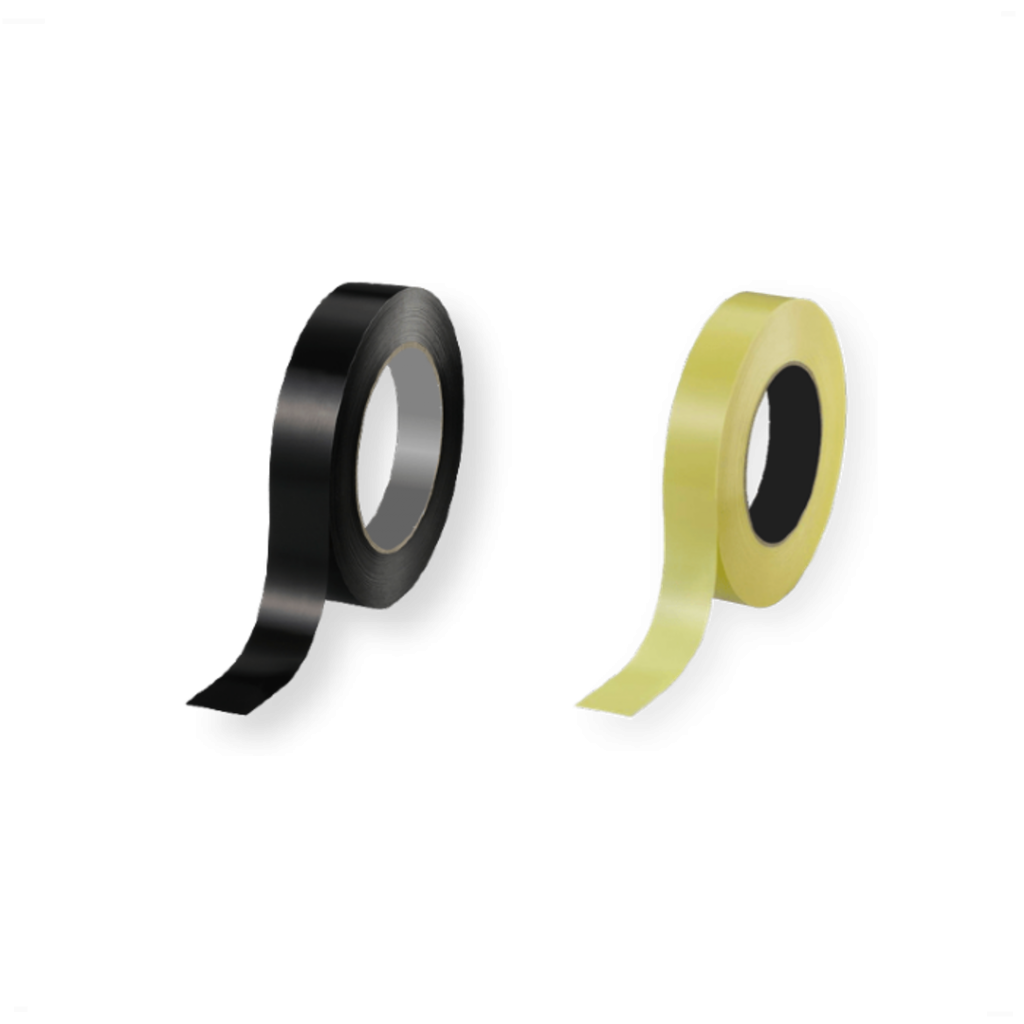Inflating a tubeless tyre is the moment of truth. Will it work? I’ve put together this guide to make it as smooth as possible and get you riding.
Before inflating a tubeless tyre, you must fit it to the wheel just like you would any other clincher tyre; one side at a time. Tubeless tyres tend to be a tighter fit than their non-tubeless counterparts, so expect some resistance. To aid with this, a characteristic feature of a tubeless compatible rim is to have a deep central channel (some narrow and obvious, some wider and more discreet) which effectively reduces the rim’s diameter. If you’re struggling to fit the tyre, make sure the tyre beads sit in this central channel. I advise starting opposite the valve and working towards it. Remember, there’s no inner tube to get pinched. If you’re still struggling, see the troubleshooting section.
Remember to ensure the valve is surrounded on either side by the tyre, so that air flowing through it will be directed into the tyre and not outside it. See my guide for help on fitting your valves.
There are various pieces of equipment that you can use here. They all have the same goal: to inflate the tyre with sufficient force to seat the bead fully into the rim, and then to continue to inflate the tyre until it reaches your desired pressure (this may be lower than the pressure required to seat the tyre). Although unusual, some rims may have a lower maximum pressure than your tyre – check with the manufacturer.
All of the following methods of inflating a tubeless tyre can work, but some are more guaranteed to work than others. I will work through them in order of most common methods, based on what equipment most people have to hand, and also rate them out of 10 for effort required (0 for no effort required, 10 for all out, lung busting/V02 max testing effort). If your chosen method doesn’t work and you don’t have any other equipment to hand, head to the troubleshooting section.
Method 1: Upright bicycle pump (also known as track pump) – 7/10 effort required
A decent, working, upright bicycle pump should be capable of seating a tubeless tyre. The trick is to pump as quickly as possible to get in lots of air to the tyre as soon as possible. High volume pumps will help with this, as well as a pump head such as the Topeak Tubihead which lets you remove and reattach the valve core within the pressurised system. This method is for the fittest/strongest/least tired person available.
Method 2: Air charged device – 4/10 effort required
These devices are charged by a regular bicycle pump, usually to a pressure of 160psi or more. They have a valve which, when released, delivers all of this charged air into the tyre at once, to help seat the tyre before inflating it to the desired pressure. Some are standalone air canisters which are light and portable, and some are bicycle pumps which have this ability built in. The latter are easier to operate.
Method 3: C02 canister/cartridge – 3/10 effort required
C02 canisters are by far the smallest pieces of equipment in this list, and can therefor be considered the most highly recommended for when you’re out on the road or trail. Just be sure to get some practise in using your applicator before you need it in an emergency, and always carry spare canisters in case an application goes wrong. Also double check to see if your sealant is not suitable for use with CO2 cartridges.
Method 4: Hand pump – (8/10 effort required)
I’ve decided to rate these similar to a regular, upright bicycle pump, as my experience has shown me that with certain setups, you can seat a tyre successfully using one. However, they are really more useful when the tyre is already seated but is just flat – for instance if a puncture has caused a dramatic loss of pressure. If it is clear you are getting nowhere by using a hand pump, try another method or head to the troubleshooting section.
Method 5: Air compressor – 1/10 effort required
Really, that should be 0/10 for effort as the compressor takes care of all of the work for you. But I’ve decided to award it a single point – you still deserve a pat on the back for your effort so far.
If after following this guide you have successfully set up a wheel tubeless, give yourself a pat on the back just like you did when you replaced your first ever punctured inner tube. You’ve taken your first steps into the world of tubeless.
Now, shake it up!
This step helps ensure the sealant coats the inside of the tyre, finding any tiny gaps in the system and preparing itself to do its job in the case of a puncture. Some tyres that are made of porous material will require a layer of sealant to become airtight. Spin the wheel for a few minutes in your hands, adjusting the angle from side to side to help the sealant coat the entire inside of the rim.
If you notice sealant coming out of any particular part of the wheel, it helps to locate this part of the rim against the floor, and, holding the wheel upright, bounce the wheel up and down to help shake the sealant about inside the pressured tyre. This will help it find the imperfection and will help it seal. When it does, you should be able to hear or see whether or not you’ve been successful.
Once you’re satisfied that the tyre is holding pressure, it’s best to keep the wheel moving. For the initial setup involving one or more new components you may need to pump up the tyre again after a few minutes, hours or days, depending on how well it has sealed.
The best way to move the wheel is to go for a ride, although this can be risky if done straight away as the pressures may drop dramatically in a short space of time, which might (at best) require stopping to add more pressure or (at worst) cause the bike to handle unusually. After a few days, the setup should be fine for the long term.
Still having trouble inflating a tubeless tyre? If you’ve got a tyre that won’t seat, or stay inflated, see the troubleshooting guide.
Enjoying the guide? All the information on tubelessspares.com is free! But running a website is not…
Make a monthly donation
Make a yearly donation
Tubelessspares.com is an independent site. If you would like to donate to help keep the site running, please choose an amount:
Or enter a custom amount
Your contribution is appreciated.
Your contribution is appreciated.
Your contribution is appreciated.
DonateDonate monthlyDonate yearly


